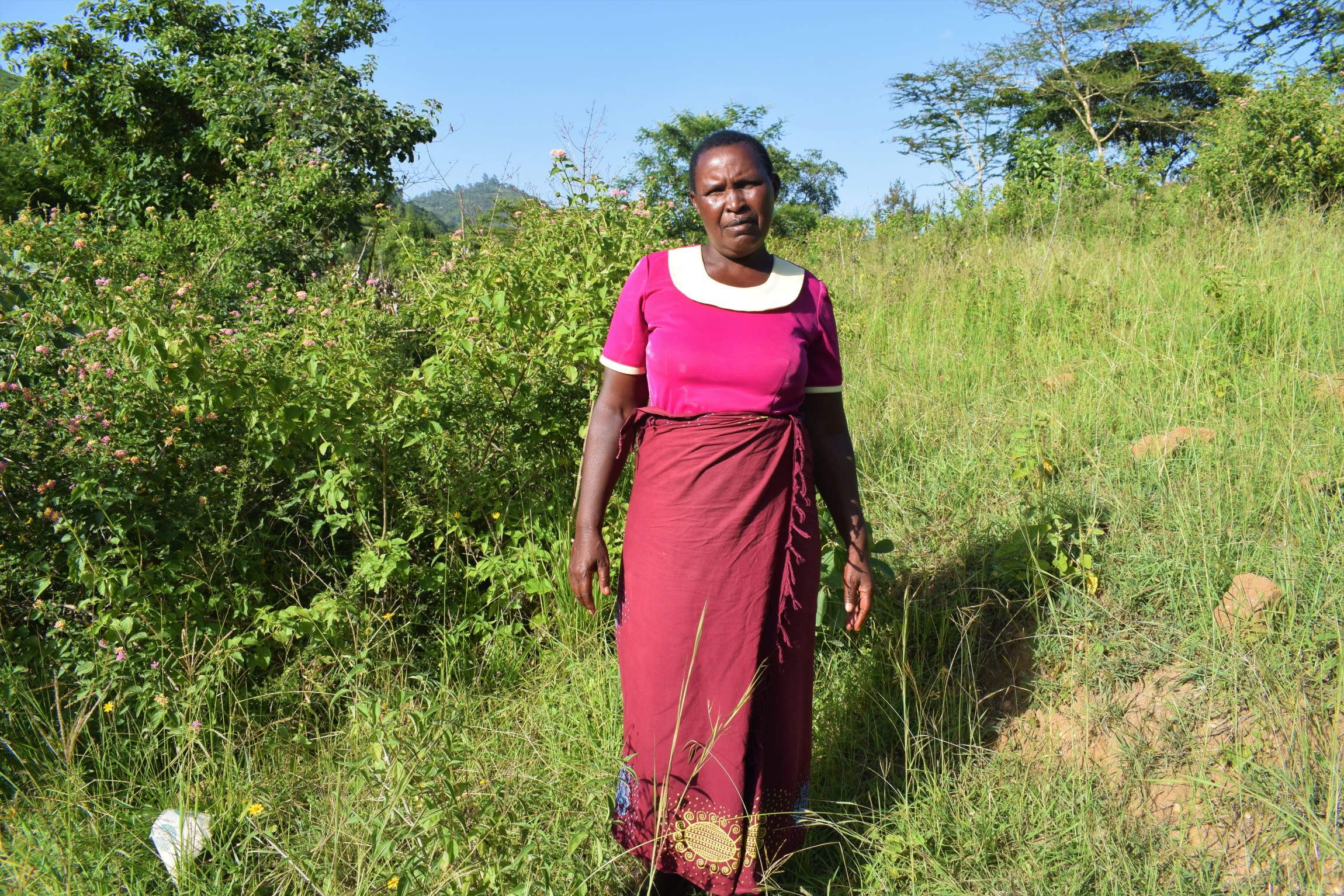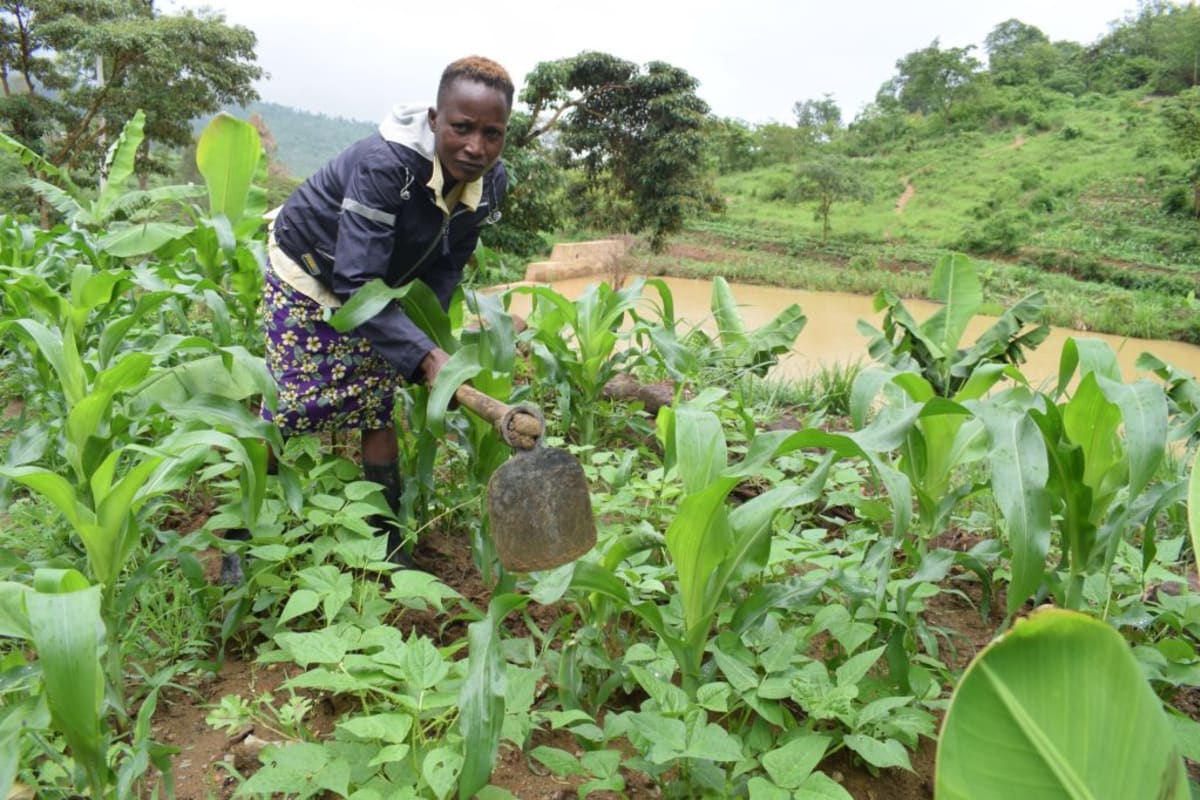For a long time, Kyamwau villagers have persevered through the challenges of water scarcity as a result of the climatic conditions in their area, as they receive little to no rainfall during the year. The rivers flowing in the region are seasonal, and they always dry up, leaving the locals with no option but to walk for very long distances in search of this precious commodity.
The households in this region are sparsely populated due to ownership of vast amounts of land by community members. Most houses are made of bricks and are fitted with iron sheet roofing. The roads in the village are rocky and very bumpy, and the terrain is very hilly and rough.
Access to water is one of the most significant challenges for the 250 people here. Women have to wake up early at 6:00 AM to walk to the seasonal rivers to fetch water and get back home in time to carry out their other household duties, such as preparing their children to go to school and breakfast for their husbands to go to the farms.
During the day, these women may go to the water point again to fetch water as the needs of the house require. The water sources are far from their households, and some people travel 2 hours to get water. They have to spend a lot of time searching for water points, especially during drought periods when they have to dig scoop holes to fetch water stored in the riverbeds. Often, they use the water at home sparingly to reduce trips to the river.
"Once the water dries up, we have to go very far to fetch water. We do not get water for our livestock or household uses because of water scarcity," said Esther Mueni, a 31-year-old farmer.
All of this effort is to get unsafe water for consumption since it is open to contaminants that cause water-borne diseases. Community members have reported suffering from water-related diseases such as typhoid, amoebas, and dysentery.
What we can do:
Our main entry point into the community is the Kwa Kalekye Self-Help Group, which is comprised of households that are working together to address water and food scarcity in their region. These members will be our hands and feet in both constructing water projects and spreading the message of good hygiene and sanitation to everyone.
Sand Dam
After the community picked the ideal spot, our technical team went in and proved the viability by finding a good foundation of bedrock. Now, our engineers are busy drawing up the blueprints.
We are unified with this community to address the water shortage. As more sand dams are built, the environment will continue to transform. As the sand dams mature and build up more sand, the water tables will rise. Along with this sand dam, a hand-dug well will be installed to give community members an easy, safe way to access that water.
Building this sand dam and the well in this community will help bring clean water closer to hundreds of people living here.
Training
These community members currently do their best to practice good hygiene and sanitation, but their severe lack of water has been a big hindrance to reaching their fullest potential.
We will hold hygiene and sanitation training sessions with the Kwa Kalekye Self-Help Group and other community members to teach about important hygiene practices and daily habits. This training will help ensure that participants know they need to make the most out of their new water point as soon as the water is flowing.
One of the most important topics we plan to cover is the handling, storage, and treatment of water. Having a clean water source will be extremely helpful, but it is useless if water gets contaminated by consuming it. We will also emphasize the importance of handwashing.
The community and we strongly believe that all of these components will work together to improve living standards here, which will help unlock the potential for these community members to live better, healthier lives.
We typically work with self-help groups for 3 to 5 years on multiple water projects. We will conduct follow-up visits and refresher training during this period and contact the group after all of the projects are completed to support their efforts to improve sanitation and hygiene.

 Sand Dam
Sand Dam
 Rehabilitation Project
Rehabilitation Project

































